The Future of Memory
An Exhibition on the Infinity of the Present Time
4/2 – 29/3 2015
Press conference: Tuesday, February 3, 2015, 10 am
Opening: Tuesday, February 3, 2015,7 pm
Digital communication and virtual interlacing shape our world today. Social interactions are tied to smartphones, tablets and other electronic devices. An omnipresence of the digital in our daily lives leads to a constant production andregular – even involuntary - consumption of multimedia outputs.These conditions have a significant effect on the way we share knowledge,
experiences and traditions, as well as an individual and collective memory. How
does this affect our current culture of communication? Which influences define how
our present will go down in history?
The Future of Memory explores these issues.Remembering the past, experiencing the present and imagining the future all meld to become part of a seemingly equivalent imagery. Differences become indistinct and transform into a never-ending present. The question of how cultural heritage can emerge under these circumstances spans over the exhibition. The selected works resort to certain narratives, breaking away from accustomed ways of perception by critically challenging and subverting constructions of reality.
Leon Kahane, for example, named his series of photographs FRONTEX (2009), after a private security company. Frontex deals with illegal immigrants at the borders of the European Union and is thus placed in a position between both political and economic interests. Kahane‘s photographs of the company’s headquarters differ from images of refugee flows as portrayed in the media and offer an alternative view on political decision-making processes.
Julius von Bismarck defines his work Unfall am Mittelpunkt Deutschlands (2013) (engl. Accident at the centre of Germany) as a fictitious history. In the federal state of Thuringia, passers-by reported a car crash to the police who then recorded the incident. Later on, the accident was uncovered as an artistic project, with the artist claiming responsibility. The artwork documents a staged incident, which was not identified as such due to our habits of perception. The artist leaves it to us to construct a „false history“ by appealing to acquired associations stored in our common (visual) memory. One of the many videos featured in the show is Aleksandra Domanovic’s Turbo Sculpture(2010-2013). Presented as a photographic documentary it depicts an identity crisis of the successor states to former Yugoslavia, where political memorials had been replaced with monumental sculptures of Western pop icons.
Through its aesthetics and content, the video confronts the absurdities and realities of life today. How will our day and age go down in history? Moreover, what does the act of remembering look like in the digital age?
The Future of Memory continues the concept of the 55th October Salon in Belgrade (September 20 – November 2, 2014) curated by Vanessa Joan Müller and Nicolaus Schafhausen. Entitled Disappearing Things , this exhibition investigated the role of
both collective and individual remembrance in the digital age.
Artists (a.o.): Julius von Bismarck, Igor Bošnjak, Antoine Catala, Julian Charrière,
Keren Cytter, Edith Dekyndt, Simon Denny, Aleksandra Domanović, Dani
Gal, Florian Hecker, Daniel Keller, Leon Kahane, Hanne Lippard, Deimantas
Narkevičius, Katja Novitskova, Yuri Pattison, Jon Rafman, Adriana Ramić, Mandla
Reuter, Antoine Renard, Meggy Rustamova, Augustas Serapinas, Michael Staniak,
Philipp Timischl, Amalia Ulman, Ignacio Uriarte, Dragana Žarevac.
Film Program: Goran Petrovic
Curator: Nicolaus Schafhausen
Curatorial Assistant: Marie Egger
Accompanying the exhibition will be an e-book with essays by Michael Connor and Clint Burnham and multimedia content.
Research & Editorial Assistant: Emilie Lauriola
contact:
Kunsthalle Wien GmbH
Museumsplatz 1
1070 Vienna, Austria
www.kunsthallewien.at
facebook.com/KunsthalleWien
twitter.com/KunsthalleWien
instagram/KunsthalleWien
blog.kunsthallewien.at















































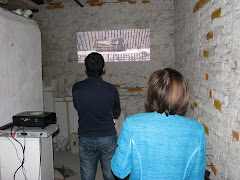














![exi[s]t>15 bulart](https://blogger.googleusercontent.com/img/b/R29vZ2xl/AVvXsEj67mt21mvAFC3VF_3QGzADB-5ZJJLBOlefD6Y8pi5z2e6HTMZztaHCi08vSOJ39mER-PcUmXUyHBnc-dMAq1t6MQe8reeNnIkyGKauFhd88y3NSvcsTLRlB1EdJQrefHryZQxK6-eDTvM/s240/buffet.jpg)
![exi[s]t>15 bulart](https://blogger.googleusercontent.com/img/b/R29vZ2xl/AVvXsEjuEe0w0gLW9nkOXAPGHqtkn89laZeWaQoLwvH2WVTEinKMw5RfqWwzcAkl1Ep27R6j1aYRF4BkiMX_juuZnGDNHyoHRCd65KHsXMg_Z_a3-tLG4OpCSHOlsj5hsPsh_htA6DEegu-Ubic/s240/P8250003.jpg)
![exi[s]t >15 bulart](https://blogger.googleusercontent.com/img/b/R29vZ2xl/AVvXsEg_O-oTzQ29LIVymZGSJUzpJCQYiu6VEztB6VkUPJmKb2VN5bRGpbURyj3-2M3Zz5JGtRjgwY_tr4qC-K21d5pKAzHZn9gYhbw2Vk7CPxb5unRin_828kpxYnzJbDa2Gkx6U1PFw2q1NDI/s150/P8250077.jpg)





















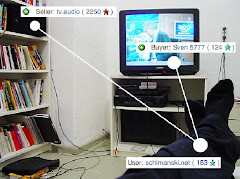














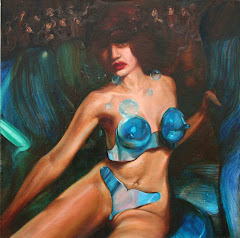
















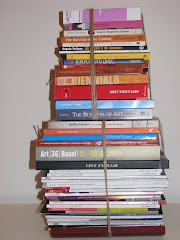




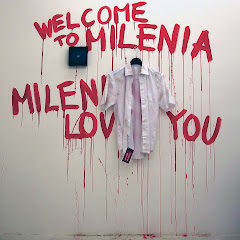

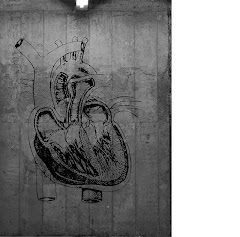







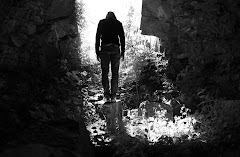



No comments:
Post a Comment